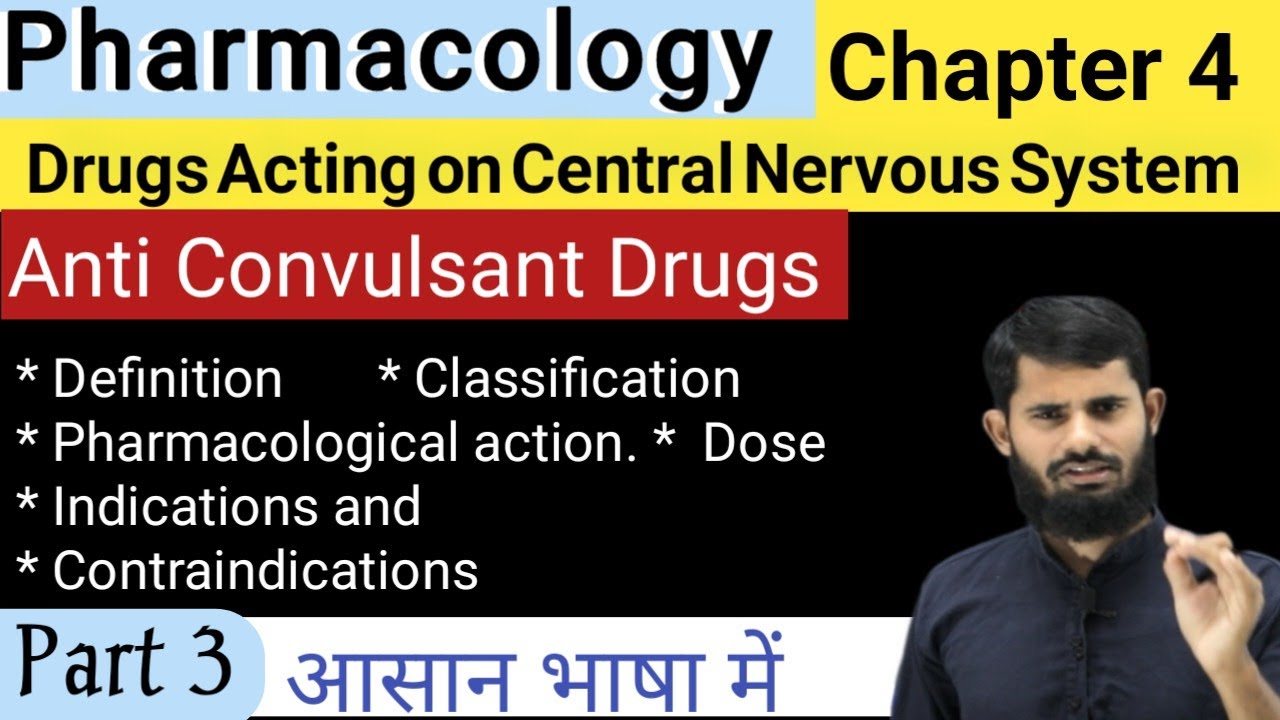Febrile Seizures | Etiology, Pathophysiology, Clinical Features, Treatment
Summary
TLDRThis video provides a comprehensive overview of febrile seizures, which are convulsions triggered by fever in children. It distinguishes between simple and complex febrile seizures and emphasizes the importance of accurate diagnosis, including lab tests and imaging to rule out infections or structural lesions. The video details treatment options, highlighting the first-line use of lorazepam for prolonged seizures and the role of antipyretics like acetaminophen and NSAIDs for fever management. Overall, it emphasizes a careful and methodical approach to managing febrile seizures, balancing immediate interventions with an understanding of underlying causes.
Takeaways
- 😀 Febrile seizures typically occur in children aged 6 months to 5 years during episodes of fever caused by infections.
- 🧠 Simple febrile seizures last less than 15 minutes and do not recur within 24 hours, while complex febrile seizures last longer and may have focal features.
- 🔍 Diagnosis of febrile seizures includes lumbar puncture, blood tests, urine cultures, imaging (CT/MRI), and EEG to assess for underlying causes.
- ⚠️ Blood glucose levels are crucial for determining potential bacterial infections, as low glucose in the central nervous system may indicate such conditions.
- 💉 First-line treatment for prolonged or complex febrile seizures is lorazepam, with alternatives including midazolam and diazepam.
- 🧪 Benzodiazepines work by enhancing GABA receptor sensitivity, which inhibits neuronal activity and helps terminate seizures.
- 🌡️ Most febrile seizures are due to viral infections and do not require antibiotics or antivirals; symptom management is typically sufficient.
- 🍵 Fever management includes using antipyretics like acetaminophen or NSAIDs (e.g., ibuprofen) and avoiding aspirin due to the risk of Reye's syndrome.
- 🔬 The pathophysiology of fever involves cytokines stimulating the hypothalamus to reset body temperature, with PGE2 being a significant mediator.
- 📉 Antipyretic medications work by inhibiting cyclooxygenase (COX), reducing the formation of PGE2, and consequently lowering fever.
Q & A
What are febrile seizures?
-Febrile seizures are seizures that occur in children, usually triggered by a fever, often caused by viral infections.
What are the two types of febrile seizures?
-The two types are simple febrile seizures, which last less than 15 minutes and do not recur within 24 hours, and complex febrile seizures, which last longer than 15 minutes, recur within 24 hours, or have focal features.
How can a clinician diagnose a febrile seizure?
-Diagnosis involves assessing symptoms, checking for signs of infections through tests like blood cultures, urine cultures, and imaging studies (CT or MRI) to rule out structural lesions.
What initial tests are important for assessing febrile seizures?
-Important tests include blood glucose levels, blood cultures, lumbar puncture for cerebrospinal fluid analysis, and imaging studies like CT or MRI.
What is the first-line treatment for prolonged or complex febrile seizures?
-The first-line treatment is lorazepam, a benzodiazepine. Alternatives include midazolam and diazepam.
What is the mechanism of action for benzodiazepines in treating seizures?
-Benzodiazepines enhance the action of GABA by increasing the sensitivity of GABA-A receptors, promoting hyperpolarization of neurons, and decreasing the likelihood of action potentials that lead to seizures.
How should fever associated with febrile seizures be managed?
-Fever can be managed with medications such as acetaminophen or NSAIDs like ibuprofen. Aspirin should be avoided due to the risk of Reye's syndrome.
What role do cytokines play in fever during viral infections?
-Cytokines released by immune cells stimulate the hypothalamus to reset the body's thermostat, leading to an increase in body temperature (fever).
What is the significance of prostaglandin E2 (PGE2) in the context of fever?
-Prostaglandin E2 is involved in the fever response. Medications like NSAIDs and acetaminophen inhibit COX enzymes, reducing PGE2 production and consequently lowering fever.
Why is it important to differentiate between simple and complex febrile seizures?
-Differentiating between the two is crucial for management; complex febrile seizures may require more extensive workup and treatment, while simple seizures typically resolve without intervention.
Outlines

This section is available to paid users only. Please upgrade to access this part.
Upgrade NowMindmap

This section is available to paid users only. Please upgrade to access this part.
Upgrade NowKeywords

This section is available to paid users only. Please upgrade to access this part.
Upgrade NowHighlights

This section is available to paid users only. Please upgrade to access this part.
Upgrade NowTranscripts

This section is available to paid users only. Please upgrade to access this part.
Upgrade NowBrowse More Related Video

Pathophysiology of Febrile Seizure

CORRECT WAY of Sponging Kids in FEVER | TEPID SPONGING Tips-Dr. Netravati P Shirur | Doctors' Circle

Dengue Fever | Pathophysiology, Symptoms, Diagnosis & Treatment

Anti Convulsant Drugs || Pharmacology Anti Convulsant Drugs | #Anticonvulsant_Drugs

Epilepsy & Seizure Disorder | Clinical Presentation

IMCI training video - checking for danger signs
5.0 / 5 (0 votes)